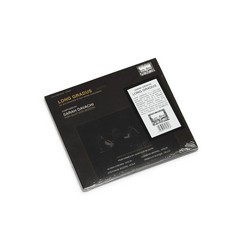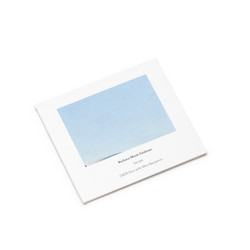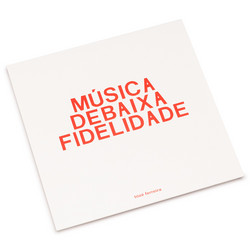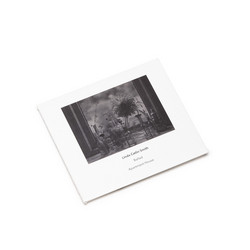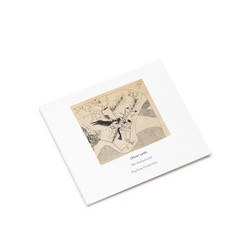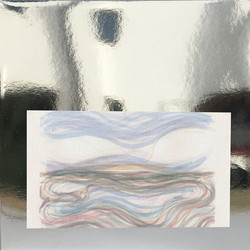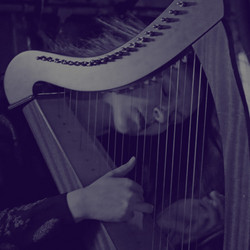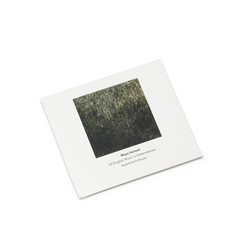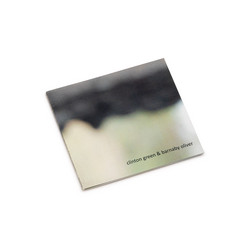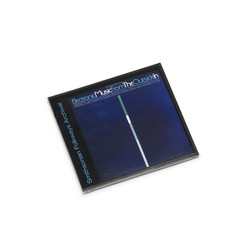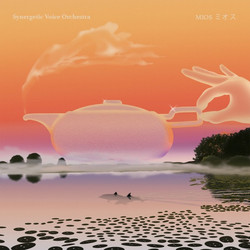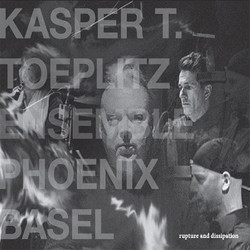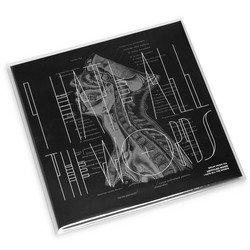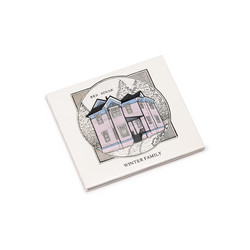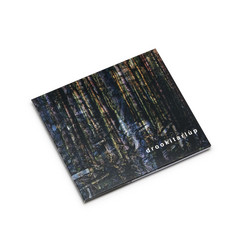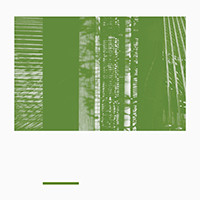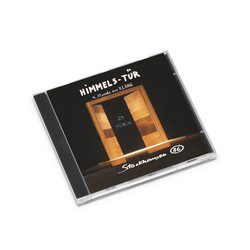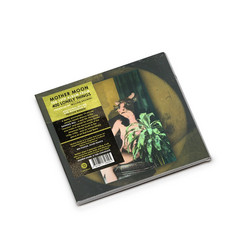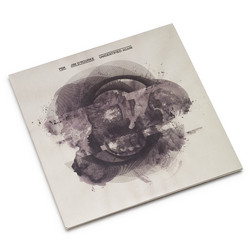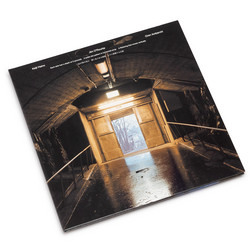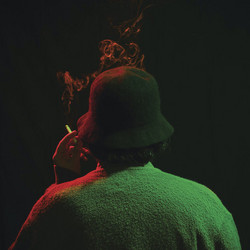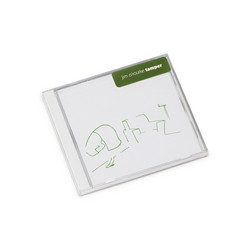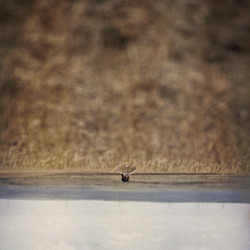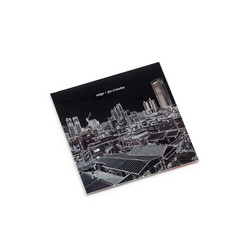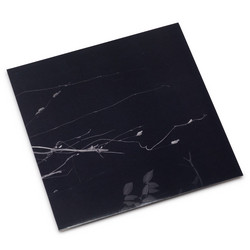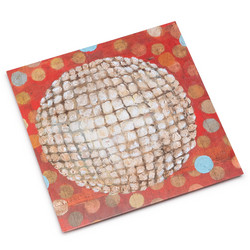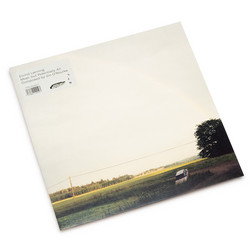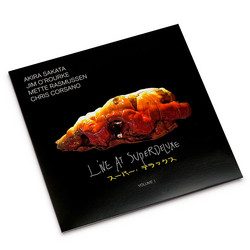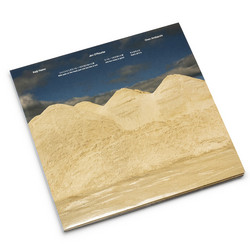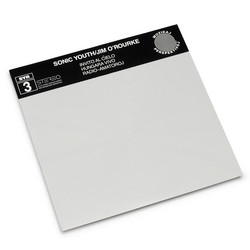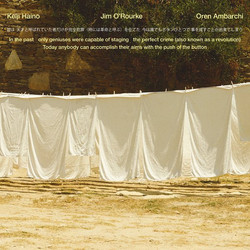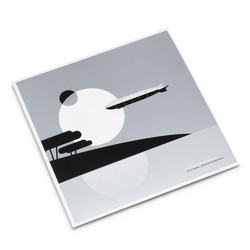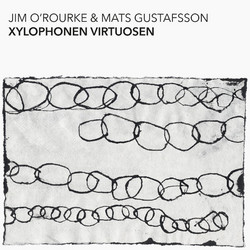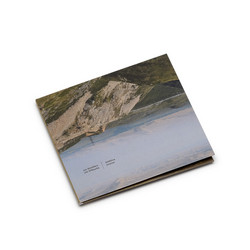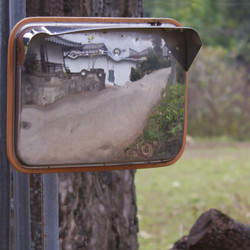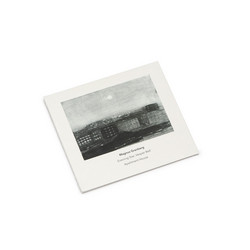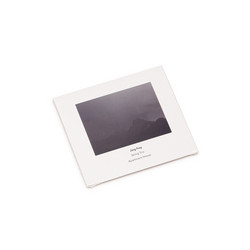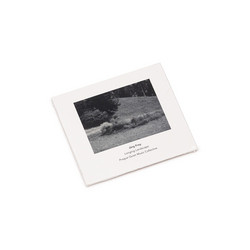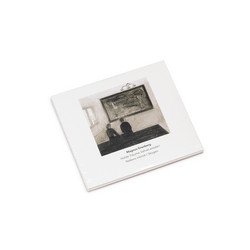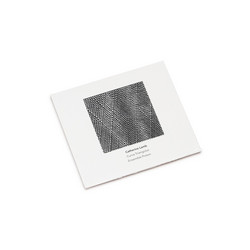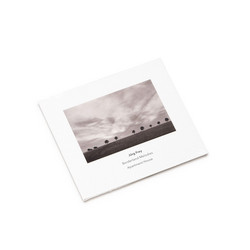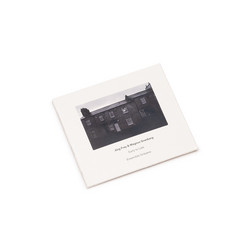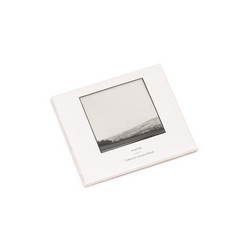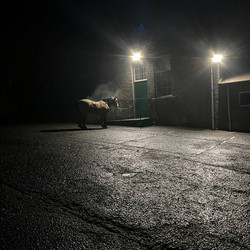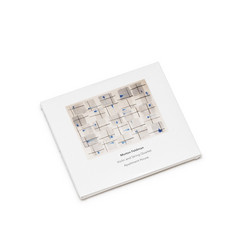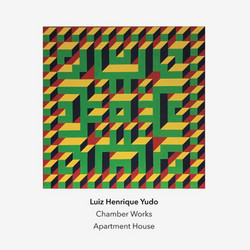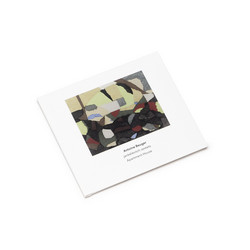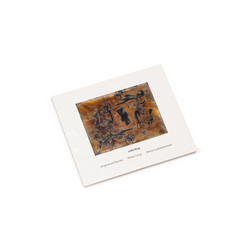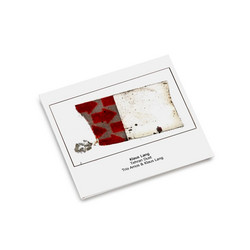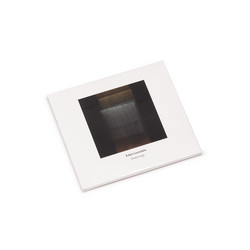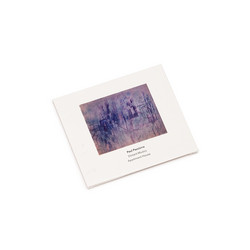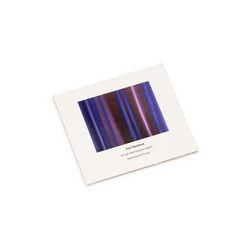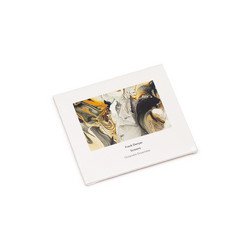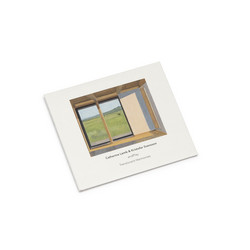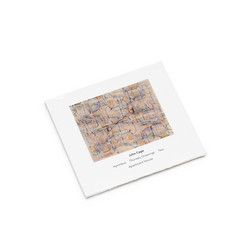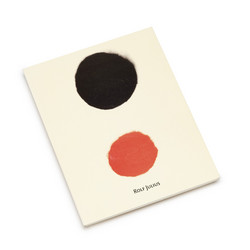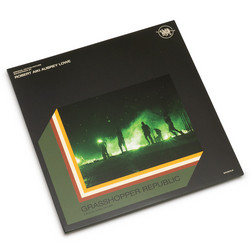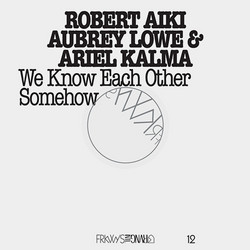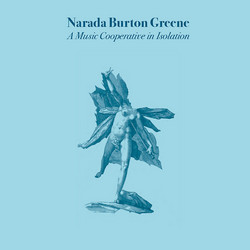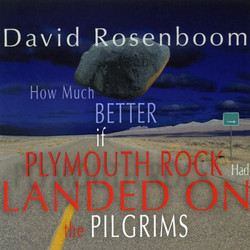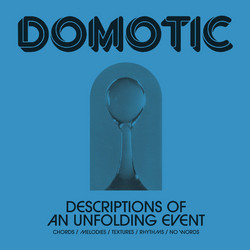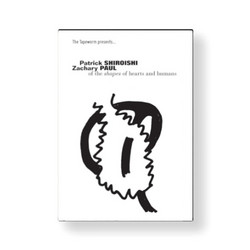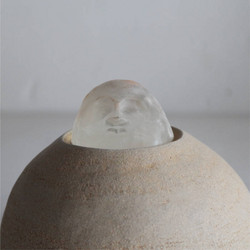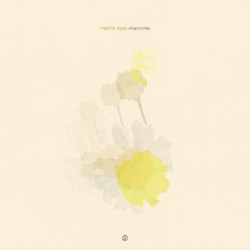A 50-minute composition for string trio by the Japan-based musical pioneer and experimentalist. Commissioned by Anton Lukoszevieze of Apartment House, who perform it beautifully.
Brief interview with Anton Lukoszevieze
Why did you choose to commission a piece from Jim O'Rourke for Apartment House, and how did you know his work?
I have known of Jim for a long time, mainly through his work with Merce Cunningham’s dance company, who I also performed with at the very end of their time. But I had never actually explored Jim’s own work. I came across the work String Quartet and Oscillators and was rather taken with it, and I wrote to him asking if we could perform it, as we subsequently did. I then asked him if he had any other scores I could see and he sent me a solo cello piece and a new work for strings with audio playback, 12 Dollars is not a lot. Later on, he composed the new string trio on this album. Subsequently, I listened to more of his music and have really enjoyed it. He has a very particular sensibility and an acuity for creating sounds and musical episodes. I think of him very much as an experimental composer.
Can you describe the trio score Jim sent you, and how the piece works?
The score is a series of 48 single pages, each with 4 circles on, for violin, viola and cello, which are con sordini (muted). Each circle is a sound event, consisting of a natural harmonic (though sometimes an artificial harmonic can be played) which can be held for any duration. Within each circle are indications such as whistling, humming and singing combined with the bowed harmonics. Each player works around the page clockwise or anti-clockwise. Occasionally there are fermata (pause indications). The vocalisations are either in unison with the harmonic or intervals of a 4th or a 5th. Some pages are also repeated when indicated. Each circle represents the 4 different strings of the instruments. So, the score is like a permanent mobile of sonic events, creating unpredictable sustained harmonies. As a musician one is constantly listening, not reacting and reacting to the sound world one is within. Originally we performed a 15 minute version for the BBC radio, but I thought a longer version would be an interesting thing to try, and we did. I had no inkling whatsoever that Jim would send a score such as this! He is full of surprises.
Anton Lukoszevieze talks to Jim O’Rourke
Why did you write for a vocalising string trio?
A year or so ago, I was re-listening to a few choral works by Martin Smolka, who uses whistling a lot, and was struck by how such a simple and always “on hand” thing is rarely used, and it had stuck in my mind. When I started mapping out what I wanted to do for Apartment House, I was thinking a lot about the realities of rehearsal, rehearsal time, and how these all affect how to approach a score. With that in mind, I also wanted an element that offset the skill and care being taken in playing their instruments by asking AH to sing/whistle, something that is possibly unnerving.
You studied composition. Do you disregard everything you were taught, or was it helpful?
It was helpful both in the ways it is meant to be and/or in forcing me to define why I felt resistance to it.
How do you manage a multiplicity of activities?
I guess I just don’t think of them as a multiplicity, they all sum up in the same place.
What are your favourite TV series?
As a kid, Columbo and The Prisoner. Only in recent years have I caught up on some of the more recent series and I really liked The Wire.
Does studio-based production influence your compositions, or maybe not?
Absolutely, they all feed into each other.
How do you feel about duration in music?
30 years ago, when I first met Henry Kaiser, I was hanging out with him when someone came up to him and asked what time signature a particular Captain Beefheart song was in, and Henry answered “They’re all in 1”. That pretty much sums it up to me even now.
At this stage in your life do you think intuition is possibly the mechanism for creativity?
I have to admit that I don’t think about “creativity” or “expression” because I think these happen naturally whether you want them to or not. If anything, I think trying to be creative is a trap. I am probably more motivated by problems than by any desire to create.
Derek Bailey or John Fahey?
Well, Derek was and is a towering figure in my life, and my life would have pretty much not have happened if he hadn't shown kindness to a stupid kid.
